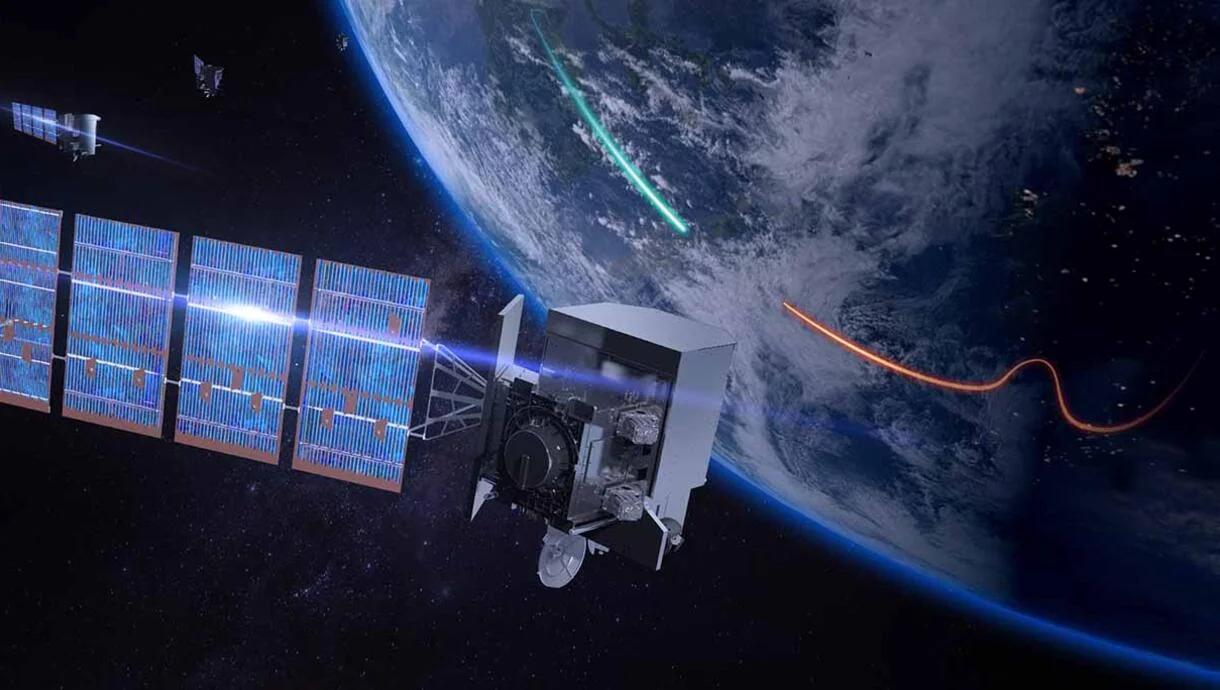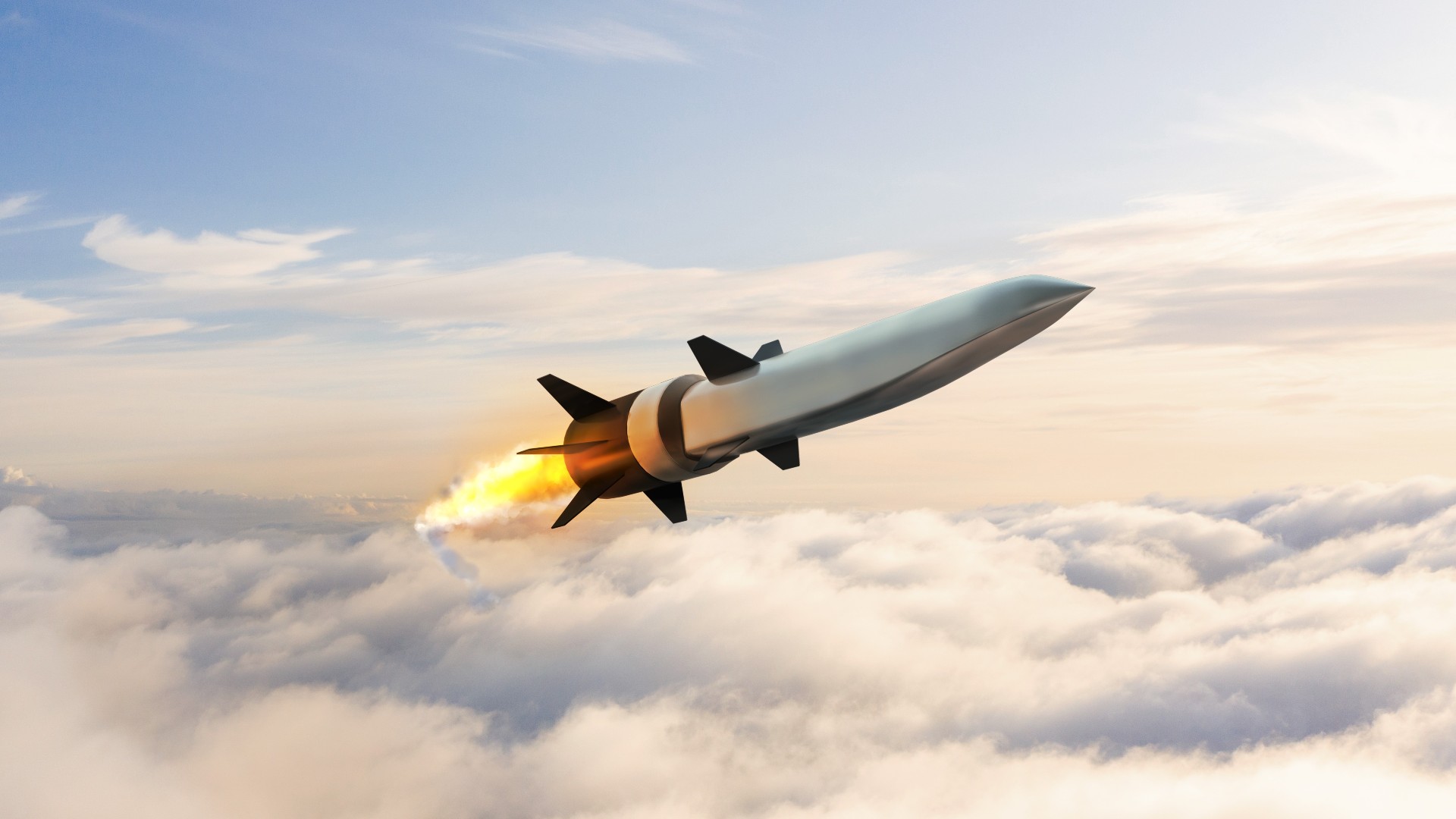SpaceX missile-tracking satellite launch delayed at least three months
The Sept. 28 SpaceX launch on behalf of the Space Development Agency slipped due to supply chain problems, with bid issues and software development also contributing.

The debut of a new U.S. missile defense system will have to wait.
SpaceX's forecasted launch of the first part of anti-satellite weapon tracking system, called Tranche 0, will push from late September to December at the least due to supply chain problems and the aftereffects of bid protests, according to reports.
Tracking hypersonic weapons such as those being developed by China and Russia is a priority of the Department of Defense, but the director of its acquisition arm for Tranche 0 told reporters at a Washington, D.C. conference that the launch timeline was optimistic.
"It's more of an ego hit to us than anything," Derek Tournear, director of the Space Development Agency, said at the Washington Space Business Roundtable, according to Defense News.
Related: Russia says it used a hypersonic missile in Ukraine for first time: report
The news comes amid numerous recent developments in U.S. hypersonic weapons (generally defined as those that fly at speeds of at least Mach 5). New U.S. military work includes flight tests of hypersonic air-breathing weapon concepts and new prototypes for hypersonic weapon defense. In addition to Tranche 0, the United States has also launched six satellites to make up its new Space Based Infrared System Geosynchronous Earth Orbit (SBIRS GEO) constellation.
SDA planned the first of two launches of its 28 satellites in about two weeks, including 20 communications payloads from Lockheed Martin and York Space, and eight missile-tracking infrared sensor satellites from SpaceX and L3 Harris, according to SpaceNews.
Get the Space.com Newsletter
Breaking space news, the latest updates on rocket launches, skywatching events and more!
Tournear principally blamed supply chain issues in microchips, referring to a COVID-19-induced shipping issue that has hurt industries ranging from gaming consoles to car manufacturing. (The U.S. is counteracting that by seeking to manufacture more microchips domestically under the CHIPS Act, just signed into law last month.)
In pictures: Satellite spots stranded container ship Ever Forward from space, a year after Suez's Ever Given

The SDA director also pointed to a delay in starting Tranche 0 after bid protests from Raytheon and Airbus, contesting the awards to L3Harris and SpaceX, along with software development issues. But everything likely would have been on track absent the supply chain issues, he noted.
"The longest pole in the tent that caused those satellites to slip was actually component delays, primarily stemming from microelectronics," he said in the SpaceNews report. "It was very difficult for us to get microelectronics, especially space qualified microelectronics for components such as radios."
Tournear added there are no forecasted delays for future launches of the system; SDA's missile-tracking system is now developing and awarding contracts for the Tranche 1 tracking layer that should launch around the middle of the decade.
Follow Elizabeth Howell on Twitter @howellspace. Follow us on Twitter @Spacedotcom and on Facebook.
Join our Space Forums to keep talking space on the latest missions, night sky and more! And if you have a news tip, correction or comment, let us know at: community@space.com.

Elizabeth Howell (she/her), Ph.D., was a staff writer in the spaceflight channel between 2022 and 2024 specializing in Canadian space news. She was contributing writer for Space.com for 10 years from 2012 to 2024. Elizabeth's reporting includes multiple exclusives with the White House, leading world coverage about a lost-and-found space tomato on the International Space Station, witnessing five human spaceflight launches on two continents, flying parabolic, working inside a spacesuit, and participating in a simulated Mars mission. Her latest book, "Why Am I Taller?" (ECW Press, 2022) is co-written with astronaut Dave Williams.









